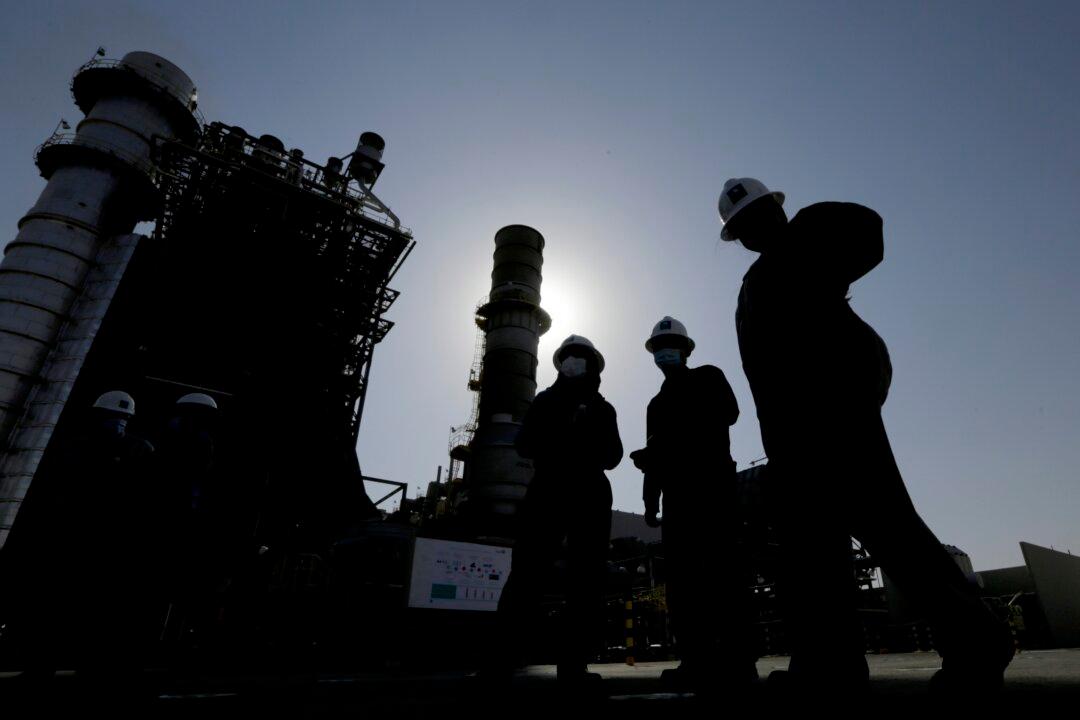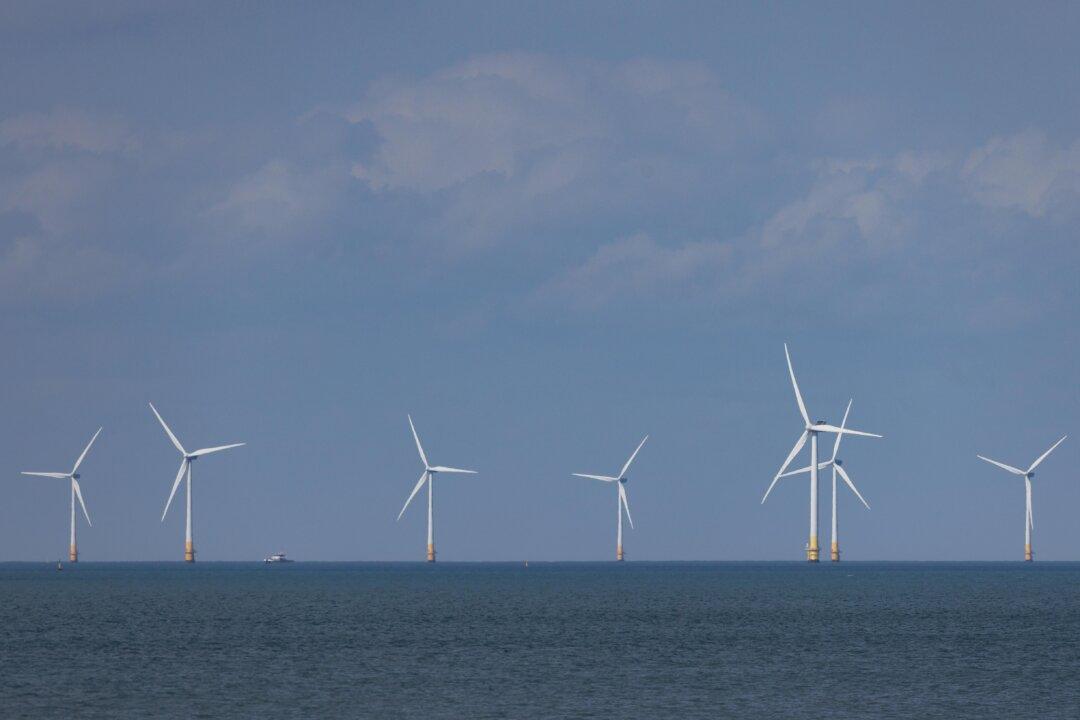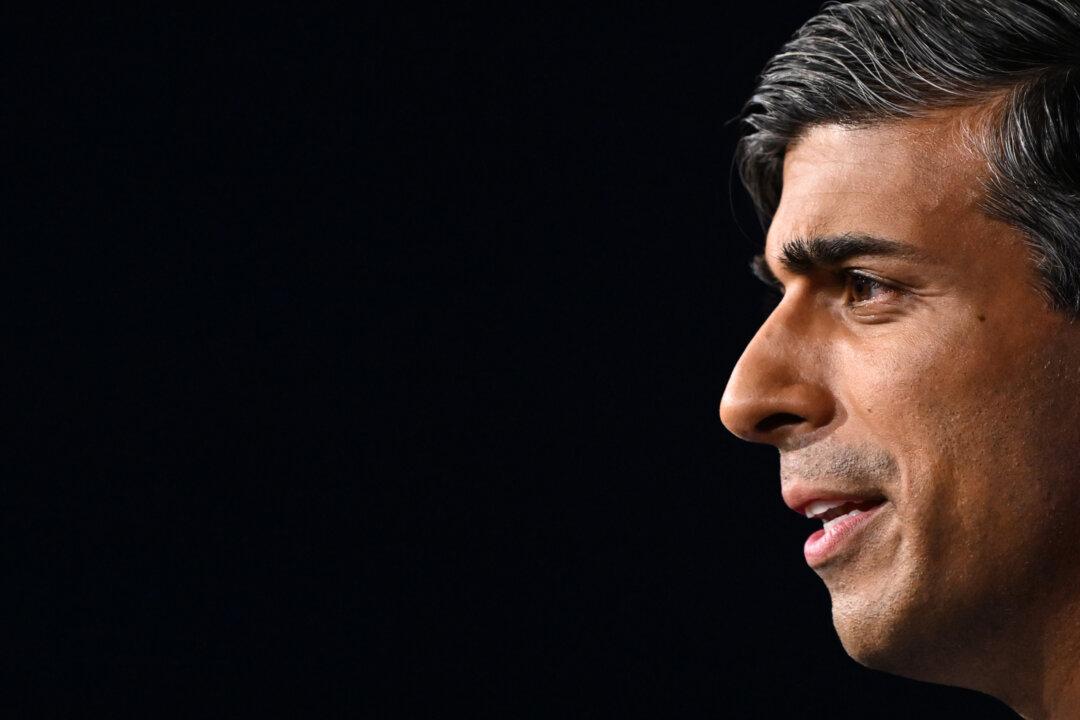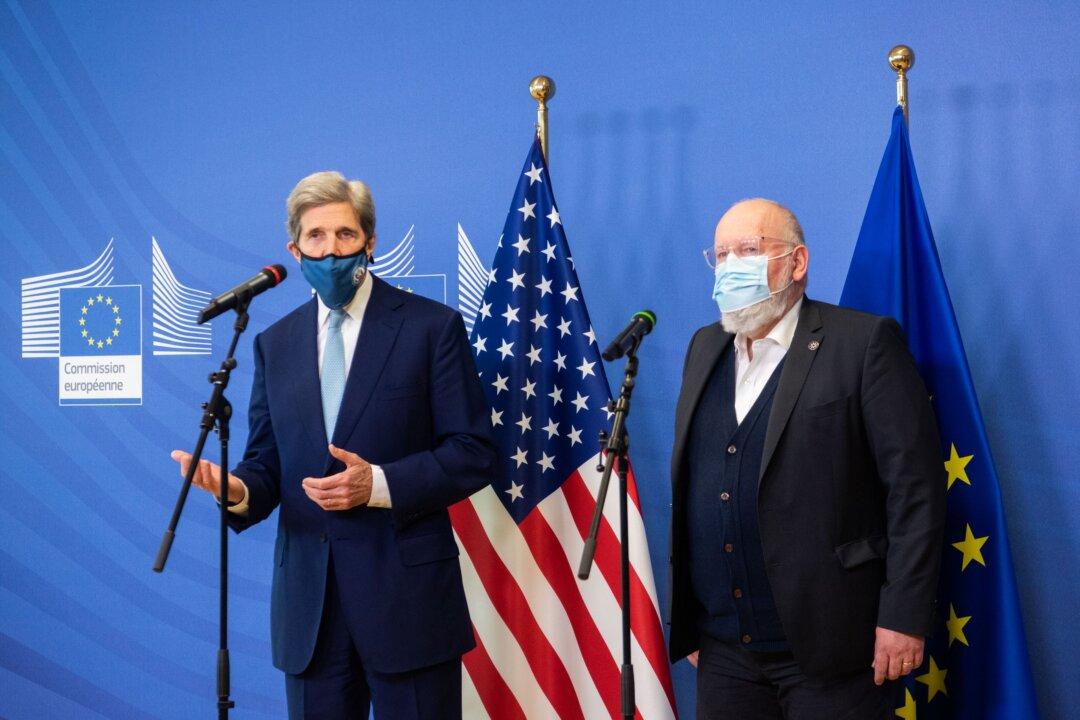Commentary
South Australia in 2016; California last year; now, Texas. The recent blackout is a terrible ordeal for Texans but a political disaster for the Biden administration. The president had just signed an executive order making climate change the organizing principle of his administration. All coal and natural gas power stations are to be taken off the grid by 2035. To solve the climate crisis, America is to be powered almost exclusively by wind and solar, with a smattering of nuclear and hydropower.





